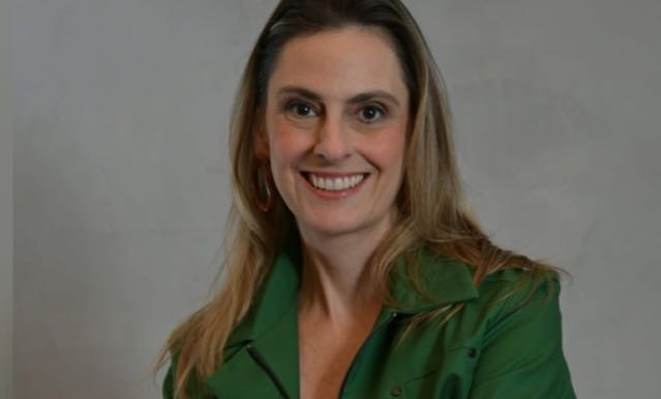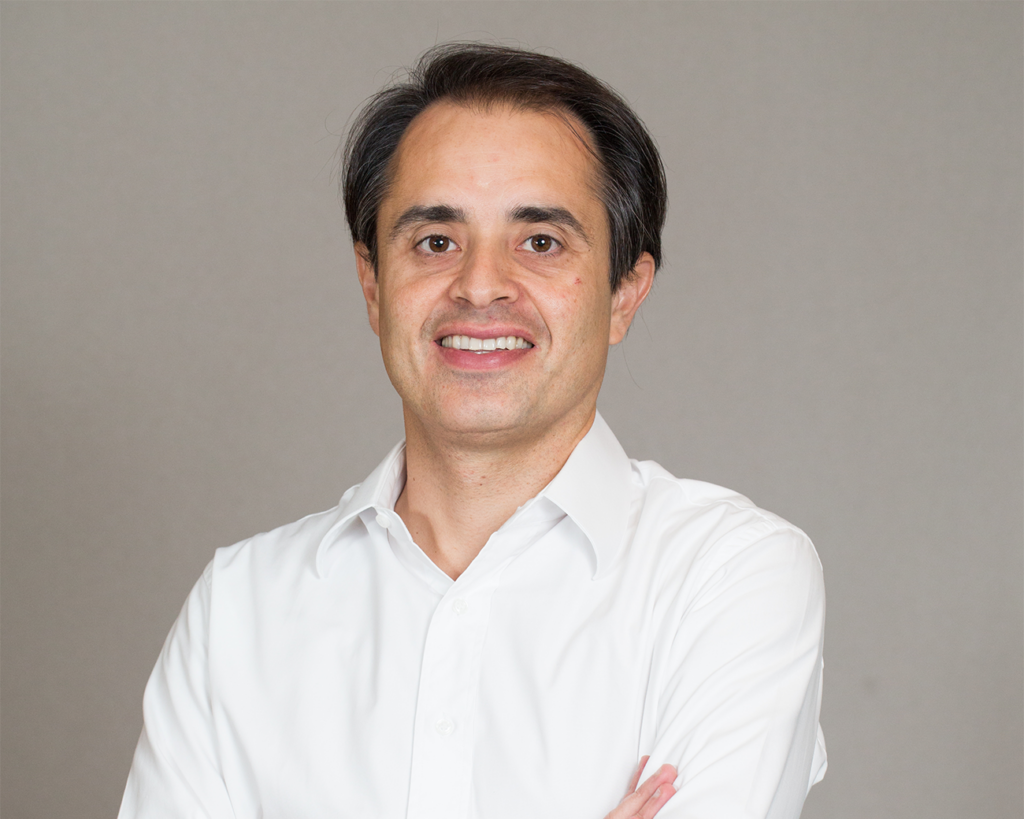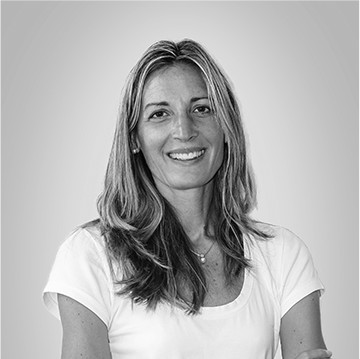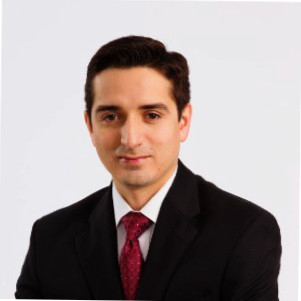Member Profiles
An Interview with Fernando Borges, The Carlyle Group
24 January 2013

LAVCA spoke with Fernando Borges, Managing Director at The Carlyle Group, about his firm’s focus on Brazilian consumer sector growth and Carlyle’s successful partnership with Banco do Brasil.
 LAVCA: Please give us some background about the firm. How many funds do you operate, and what is your geographic and sector focus, if any? What are your assets under management?
LAVCA: Please give us some background about the firm. How many funds do you operate, and what is your geographic and sector focus, if any? What are your assets under management?
Borges: The Carlyle Group (NASDAQ: CG) is a global alternative asset manager with $157 billion of assets under management across 101 funds and 64 fund of fund vehicles. Carlyle invests across four segments – Corporate Private Equity, Real Assets, Global Market Strategies and Fund of Funds Solutions – in Africa, Asia, Australia, Europe, the Middle East, North America and South America. Carlyle has expertise in various industries, including: aerospace, defense & government services, consumer & retail, energy, financial services, healthcare, industrial, technology & business services, telecommunications & media and transportation. The Carlyle Group employs 1,300 people in 32 offices across six continents.
In South America, Carlyle is currently managing more than $1.2 billion through three different vehicles: Carlyle South American Buyout Fund (“CSABF”), Fundo Brasil de Internacionalização de Empresas (“FBIE”), in partnership with Banco do Brasil, and Carlyle Peru Fund (“CPF”), in partnership with Credicorp. As of today, Carlyle funds and its co-investors have invested more than $1.5 billion in six companies in the region.
LAVCA: How did you become involved with your firm? What factors led you to join the firm?
Borges: My entire career has been focused on private equity. As one of the pioneers in this industry in Brazil, I had the opportunity to work with different firms through many investment cycles and in a wide range of transactions.
I started my career in Brazilian private equity in 1995 with Bozano-Simonsen, managing a fund co-sponsored with Advent International. .Then I joined AIG Capital Partners to head their Brazil dedicated fund between 2000-2007, when I had the opportunity to participate is some very important deals such as Gol Airlines.
By 2008, the private equity industry had become more developed, and I had already spent more than 12 years investing in Brazil. So when offered the chance four years ago to lead Carlyle’s buyout operations, whose investment strategy, culture and values I deeply shared, it seemed like a natural next step in my career.
LAVCA: Carlyle was one of the first firms to enter Latin America. How has your strategy in the region evolved since that time?
Borges: Carlyle launched its buyout operations in South America in 2008 and we closed our first dedicated fund for the region (CSABF) in 2011. The investment strategy has been the same since then – investing in fast-growing family-owned businesses with sustainable competitive advantages.
LAVCA: You successfully closed on an $800 million South America buyout fund last year. What kinds of investors came into that fund, and how does your LP base reflect investor appetite for exposure to Brazil/Latin America?
Borges: Our LP base comprises a wide range of investors such as sovereign wealth funds, pension funds and family offices. We started fundraising in the beginning of 2009 in the middle of the global recession. Investors were mostly holding off on new commitments, despite the fact that by 2009 Brazil was emerging from a brief downturn. But over time, the mood shifted and we benefitted from increased investor confidence in Brazil, reinforced by positive headlines about Brazil’s growth. We got both the worst years and the best year in the fundraising cycle. Ultimately it took longer than we expected to close the fund, but at the end we managed to raise twice what we were initially targeting.
LAVCA: What was the strategy behind raising that amount of money? And how does that influence the deal size? Are you looking at mid-market deals in Brazil in addition to deals with tickets above $100m?
Our objective is to invest at least $100 million per deal, representing 10% of our funds’ committed capital. However, given our large LP base and Carlyle’s wide family of funds, we have the flexibility to invest in much larger deals and we have already done so in some cases.
LAVCA: Carlyle also has a dedicated Brazil fund in partnership with Banco do Brasil. What has that relationship been like and what do you feel each party has brought to the table?
Borges: It has been a great success. Banco do Brasil brings origination and leverage capabilities while Carlyle brings deal execution and portfolio management capabilities. We were approached by Banco do Brasil because they wanted to leverage the experience with a large global PE firm. This is significant because they had not partnered with local managers previously.
Their participation utilizes a separate vehicle including pension fund resources, which allows them to invest alongside our main fund and participate in many of the same deals that our other funds did. Banco do Brasil is currently invested in Tok & Stok and a number of other deals. This creates a strategic advantage for portfolio companies, as Banco do Brasil’s high standards gives them a certain credibility as good partners.
LAVCA: Carlyle acquired Qualicorp from General Atlantic in a successful sponsor-to-sponsor purchase. You were then able to exit via an IPO in less than two years. Where does Carlyle get its dealflow pipeline in Brazil? Is there an advantage to buying from another PE firm, and how does this compare to other sources of dealflow?
Borges: Most of our deal flow comes from proprietary sources leveraging Carlyle’s global and local relationships, but also through active deal sourcing from the team. As for buying from another PE firm, we can see advantages to acquiring a company from another sponsor. Usually, there is already a corporate governance structure defined between original shareholders and the sponsor, and some fundamental initiatives are already in place, such as audited financials and stronger internal controls and processes.
LAVCA: How do you view the IPO market in Brazil? How has the market evolved since the Qualicorp listing in mid-2011?
Borges: The demand for Brazilian IPOs has declined recently as the economy decelerated. Demand exists for quality companies with strong fundamentals, so we believe we will be able to exit our investments through the public market at an appropriate time.
LAVCA: Many of Carlyle’s recent investments have focused on Brazil’s growing consumer opportunity in sectors including education, healthcare and retail. What is the strategy behind retail deals such as Tok&Stok and RIHappy? Will you continue to invest in similar sectors?
Borges: These are growing businesses enjoying a unique market positioning, with strong brands, solid market leadership and other sustainable competitive advantages. Our strategy is to continue expanding the business and create value. We will continue to invest in businesses benefiting from the growing middle class and the accompanying increase in purchase power and disposable income. In essence, we want to buy everything the middle class is buying.
We are investing a lot in consumer retail. Tok & Stok is a great example of this, given the growth of disposable income among Brazilian consumers, the resilience of the business itself, and a promising strategy of international expansion. There is huge opportunity in Brazil ahead for Tok & Stok, including both organic growth and growth through acquisitions. After Tok & Stok, we also acquired PB Kids, expanding through more stores, moving into different product lines and growing our internet store.
Our goal is to help businesses like these grow market share, improve profitability and consolidate, ultimately preparing them for an IPO. We see a lot of demand for retail companies in the stock market.
LAVCA: Some investors are concerned that Brazil has become a more competitive market in 2012 – with so many international GPs competing for deals. On the other hand, Carlyle has closed several new investments in the last 12 months. What do you attribute that to?
Borges: First of all, we strongly believe that it has been a good time to invest despite the challenging economic environment in Brazil and elsewhere. Even with increased competition, Carlyle’s strategy of having region-dedicated funds and local teams on the ground, as well as Carlyle’s culture of collaboration between different regional funds and teams, has allowed us to be better positioned to seize more opportunities.
LAVCA: Investors in Brazil have also been concerned about valuations – how have you seen valuations evolve?
Borges: Valuations are higher for quality companies with broad exposure to Brazilian consumption (including healthcare, education, among others) and lower for industrial companies. We believe this gap will persist in the next few years. On the other hand, higher valuations are mitigated by the lower risk of investing in the region due to its growing consumer market, solid stock market and favorable long-term macro fundamentals, among others.
LAVCA: What is the greatest challenge to investing in Brazil today? Is human capital a concern?
Borges: Our greatest challenge is finding high-quality, growing companies with a willing seller. We often hire new management. Highly capable and experienced management talent able to create value remains a scarce resource in the region.
LAVCA: Carlyle has recently established a team in Peru with a local partner. How do you see the pan-regional strategy evolving? What kind of opportunities might exist for Brazilian companies in Peru?
Borges: We see great collaboration between our teams in São Paulo and Lima and among our dedicated funds CSABF and CPF. With Carlyle Peru Fund, our capability of doing deals outside Brazil has increased substantially as well as our relationships in those markets, which may benefit the Latin American expansion of our Brazilian portfolio companies.
You may be interested in...
-

Luciana Antonini Ribeiro, eB Capital
Executive: Luciana Antonini Ribeiro, Co-Founder and CIO Member Name: eB Capital Year...
-

Cristiano Gioia Lauretti, Kinea Private Equity
Member: Kinea Executive: Cristiano Gioia Lauretti, Head of Private Equity HQ: São...
-

Maria Pia Iannariello, MGM Innova Capital
LAVCA recently spoke with Maria Pia Iannariello, Co-Founder & COO of MGM Innova Capital,...
-

Rafael Ramirez, Portfolio Manager, Alaska Permanent Fund Corporation
LAVCA recently spoke with Rafael Ramirez, Portfolio Manager– Private Equity &...